Meet Dan Landry of The Grow Hub in Littleton
Today we’d like to introduce you to Dan Landry.
Dan, can you briefly walk us through your story – how you started and how you got to where you are today. I worked in the restaurant business for about 10 years while planning and saving to open a business of my own one day. I’d always assumed it would probably be in the food industry but kept my options and eyes open for other opportunities. Gardening and hydroponics had always been a hobby of mine, so I was like a kid in a candy store at the thought of owning a hydroponic/organic/indoor garden store. I see potential and growth in this industry and decided that this way the way to go. I’m glad I did Has it been a smooth road? First week opening, I broke my foot out running, had to have surgery and was on crutches for 3 months… Had my 1-year old son Lane at home and my wife was crippled by debilitating nausea being pregnant with our 2nd son Brody. So yes, the first 3 months were extremely trying times. Sales were not great for the first 6 months but we managed to get by. Now things are great and continue to get better. We’d love to hear more about your business. We are a Hydroponic and Organic garden supply store. But we are much more than that. We are also a very hands on consultant for anyone that shops at my store. Teaching people how to grow and troubleshooting a gardener’s growing pains is what we specialize in and it’s what sets us apart. When you come into The Grow Hub we are not just trying to sell you a bunch of stuff for maximum profit. We going to suggest products that’s going to fit your growing style. we want you to succeed we understand that it’s vital for our success as a company that our customers succeed and do well with their gardens. We teach people that have never grown a thing in their lives to become above average growers on their very first grow. Is our city a good place to do what you do? We have a great location less than a mile off of 495 exit 31 Littleton, MA. Also, very close to routes 2, 119, and 110. Easily accessible. In and out shopping. No traffic. Pricing:
http://bostonvoyager.com/interview/meet-dan-landry-grow-hub-littleton/
6 Comments
Experienced growers know just how important having the right grow lights are, to maintaining healthy plants, and harvesting the highest yield. For beginners though, all the grow light options will seem confusing. Here we will take a look at the different types of lights available, and the pros and cons for each one! 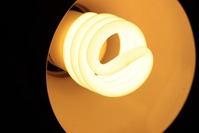 CFL (Fluorescent Grow Lights) CFL stands for compact fluorescent light. They can be found in many stores including home improvement stores & grocery stores. Many first-time growers start with these types of lights. Pros:
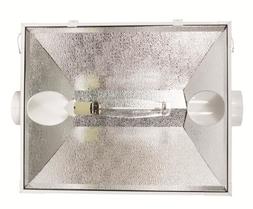 HID Grow Lights High Intensity Grow (HID) lights are used by experienced growers, as many of them consider HIDs to be the best for growing and obtaining the highest yield. There are two main types of HIDs, Metal Halide & High-Pressure Sodium. Metal Halide lights have a blueish hue good for the vegetative stage. High pressure sodium lights have a more reddish hue, making them great for the flowering phase. Pros
Cons
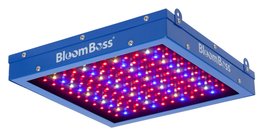 LED Grow Lights Before, LEDs were only used for seedlings and clones, but technology has developed them in recent years. Now, LEDs are able to produce enough light intensity for the most demanding grows. The right LEDs can compete with or beat other types of grow lights. Pros
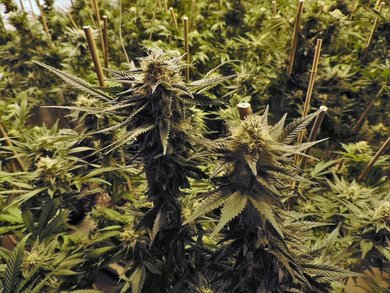 With medical and recreational marijuana becoming legal in various states, many people are starting to grow their own plants indoors. It beats having to go to the store or to a shady dealer when you are in need. Not only is it safer, convenient, and more cost effective in the long run, but you get the pride of having grown something all on your own. The key to growing indoors, is creating the perfect growing environment for your plants. This is true of any plant whether you are growing marijuana, vegetables, or herbs. Creating a growing environment from scratch, can be stressful and time consuming. That is why growing tents are the way to go when growing indoors. Lighting – Grow tents have reflective walls that contain light, and direct it back at the plants where it is needed. Grow tents also keep light inside them so that you do not alert anyone of your growing operation, should you want to keep it secret. Marijuana plants also need complete darkness at night, so a grow tent will keep any light from hitting the plants. This is helpful if you are growing in a room where you may need the lights on, while the plants are in their night phase of the day. Design – Grow tents are designed to accommodate common growing equipment, and various set ups, with vents for fans, carbon filters, and places to hang your lights. Cleaning – Grow tents usually come with a waterproof floor, making it easy to contain spills and clean them up. You won’t have to worry about water leaking out all over your floors. The walls are also very easy to clean, only requiring a spray and wipe down. Smell Proof – Many grow tents are already setup for a carbon filter. Carbon filters contain activated carbon which traps smells through chemical adsorption. A grow tent on its own will contain some scents, but pairing it with a carbon filter will maximize that. For more information on indoor growing with a grow tent, call the Grow Hub professionals at 978-506-5931, stop into our store in Littleton, MA, or visit our website today! We provide everything you need to start growing indoors including grow tents, soil, nutrients, additives, grow lights, hydroponic systems, and much more! Pests are a natural part to every garden. You may think you’re safe if you are growing indoors, but they can still get in and threaten your plants. Even experienced growers will encounter them at some point or another. The best way to take care of pests, is to take preventative measures before they invade your garden, but we will also give you tips on eliminating pests should they still occur.
A general tip for preventative measures is to start from seedlings, or germinate the seeds yourself. When you purchase mature plants from a garden center, you are taking a risk that there may already be pests in the soil or on the plant itself. Another way to prevent a pest threat is to only use clean and sanitized pots and hydroponic system components, to eliminate the possibility of a breeding ground. Also, be sure you maintain proper air flow while growing. Note: If only some of your plants are infested, isolate them from the healthy ones to prevent spreading. White Flies These tiny white insects excrete a fluid when feeding, which sits on the plant and breeds sooty mold. If you have a large growing room or green house, you can release parasitoid wasps, which control agricultural pests. In smaller grow areas, you can lay sticky traps near the plants to catch the flying adults. Neem oil can be sprayed on the plant, especially the underside of leaves and stems, to stop the growth of nymphs. Spider Mites Only about the size of a pinhead, spider mites come in red, pale green, or yellow color. Unlike normal spiders, these mites are a threat to your garden, and will suck the juices from your plants. First signs of an infestation will include yellow spots on the tops of leaves and webs on the stems. To keep them at bay, keep your humidity level at 50%; spider mites thrive in dry conditions. For current infestations, use a pyrethrin spray, making sure to get the underside of leaves and stems. Thrips Very common in indoor gardens, these pests don’t usually come alone. They are yellow, brown, or black in color, and will leave behind bronze or silver colored defects on the leaves. Thrips can be shaken off, just put a piece of paper or sticky trap underneath the plant to catch them. Check the underside of leaves for brown or white spots, which are the eggs, and scrape them off and crush them. You can also spray insecticidal soap or neem oil to kill them. Another tip is to add nematodes to the soil, which will eat any pupae that fall in. You may need to treat your plants 3-4 times at 10 day intervals to completely get rid of them. Aphids Aphids are tiny pear-shaped insects that are green, yellow, black, gray, or pink in color. They excrete a sticky honeydew which attracts ants, and will spread viral diseases from one plant to another. Aphids are common in outdoor plants that have been overfed, and are overly rich in nitrogen, but can gain access indoors by latching onto clothing, pets, and gardening supplies that you bring inside. To eliminate aphids, pick them off by hand or a piece of tape, spray them off with water, or apply a neem oil spray or insecticidal soap. Fungus Gnats Fungus gnats look like little mosquitos, and appear gray or black in color. The biggest threat that fungal gnats produce is their larvae. The flying adults do not feed on the plants, but the pale, translucent maggots will devour and destroy plant roots. They also like to feed on the algae in hydroponic systems, so be sure to use a moss and algae killing treatment to clear your system. You can also set yellow sticky traps to trap the adults. For the larvae, do not overwater your soil, remembering to only water when the top inch of the soil is dry. Add nematodes to the soil to destroy the larvae. For hydroponic systems use products such as Mosquito Bits or Microbe-Lift® BMC to eliminate the larvae. New to the market, but not to the game, Dan opened The Grow Hub in April of 2016. He’d been managing a restaurant for ten years prior, but had been gardening well before and during that time, basically his whole life. He saw the potential in hydroponics, so one day he just up and quit his job and “went for it.”
Dan and his fiancé Lauren are the sole employees, and it’s currently just Dan, as the two just had their second child mere weeks ago. He keeps the shop open seven days a week, 11-6 weekdays and 11-5 weekends, and hopes to hire someone to help out in the near future. Beyond a labor of love, Dan and Lauren do everything they can to set themselves apart. “We are new, so what sets us apart I believe is the customer support and service. As a new business we have to try to go above and beyond for our customers to establish a good customer base. So I’m not just trying to sell people stuff,” said Dan, “I want these customers to succeed and will do everything in my power to help them accomplish that.” Another way they go above and beyond is the time they take to learn about the customer growing situation, which they are hyper conscious to the fact that each one is different. When customers come in they find out what they’re working with and tailor all aspects of the grow op to fit their needs precisely. They are sensitive to a grower’s level of experience and keep things simple for the newbie gardener. Dan added, “It does little for our long term success if the customers are not being successful with their gardening.” A built in perk is their accessibility. Grow Hub is around 1000 feet from 495 and approximately five miles from nine different towns: Harvard, Ayer, Acton, Boxborough, Carlisle, Westford, Groton, Chelmsford and Devens. Phew! And for its convenience, the location is lowkey with very little traffic. A dwindling problem! Many home growers used to be very nervous about going to hydroponic stores, but with new legislation in place, that nervousness no longer exists. One more way we find them to be set apart, “We have been carrying Bloomboss pretty much since we opened. I had a lot of demand for LED Grow lights. So I did a lot of research and came across BloomBoss. I heard great things about BloomBoss. I liked the fact that they were local and they were the only fixture I came across to have the UV-Boss mode. They were also competitively priced. So I got a few models in the store, took one home, tried it and loved it.” said Dan “I’m always just excited in general about new products and growing techniques and new ideas. I try to always stay informed about all the latest things in the growing world for me and my customers.” The original article by Bloom Boss can be found here: http://www.bloomboss.com/LED_blog/getting-to-know-the-grow-hub/ |
Indoor Garden BlogBloggerLauren Walsh |
|
CONTACT US
THE GROW HUB JENNIFER ST. #1 LITTLETON, MA 01460 Phone: 978-506-5931 Email: [email protected] [email protected] |
VISIT US
HOURS Monday-Friday 11:00-6:00 Saturday 11:00-3:00 MONDAY-FRIDAY 11-6 SATURDAY & SUNDAY 11-5 |
FOLLOW US
|

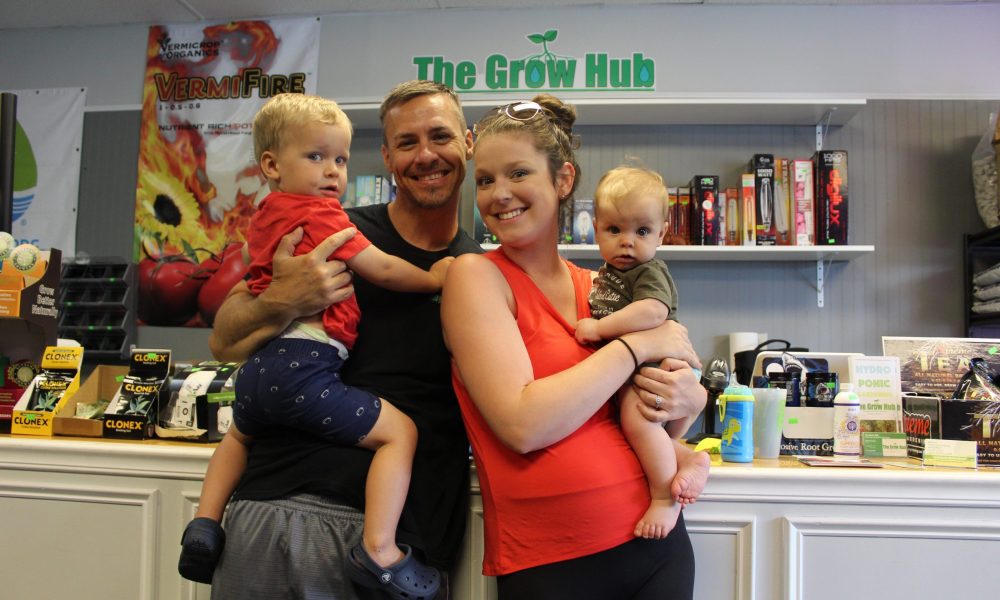
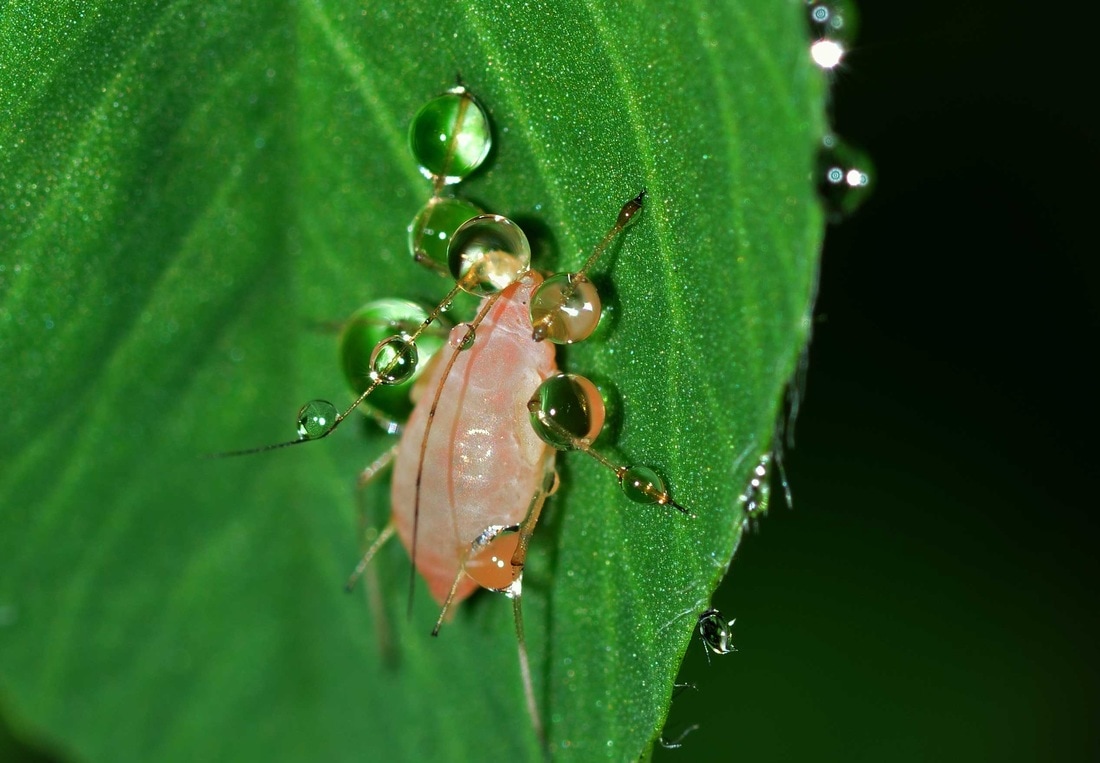
 RSS Feed
RSS Feed